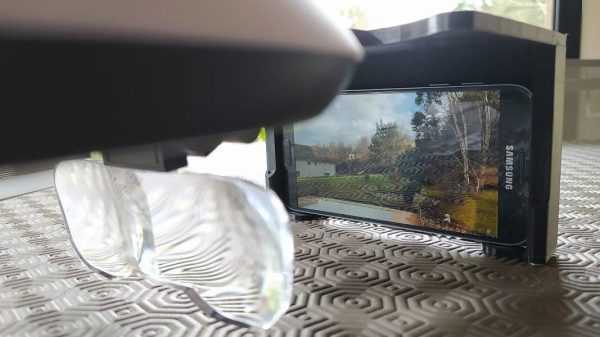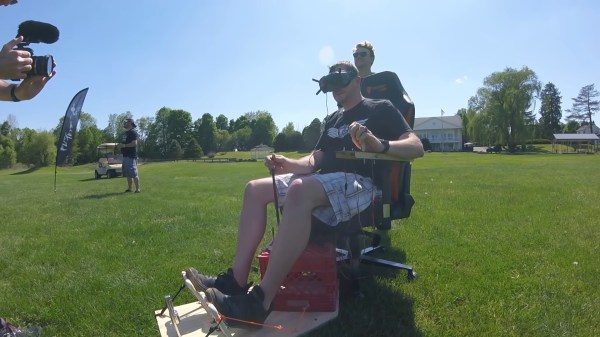FPV can be a daunting hobby to get into. Screens, cameras, and other equipment can be expensive, and there’s a huge range of hardware to choose from. [JP Gleyzes] has been involved with RC vehicles for many years, and decided to leverage that experience to do FPV on a budget.
Early experiments involved building a headset on the cheap by using a smartphone combined with a set of simple headset magnifiers. With some simple modifications to off-the-shelf hardware, [JP] was able to build a serviceable headset with a smartphone serving as the display. Further work relied upon 3D printed blinds added on to a augmented-reality setup for even better results. [JP] also developed methods to use a joystick to fly a real RC aircraft. This was achieved by using an Android phone or ESP32 to interface with a joystick, and then spit out data to a board that produces PPM signals for broadcast by regular RC hardware.
[JP] put the rig to good use, using it to pilot a Parrot Disco flying wing drone. The result is a cheap method of flying FPV with added realism. The first-person view and realistic controls create a more authentic feeling of being “inside” the RC aircraft.
It goes to show that FPV rigs don’t have to break the bank if you’re willing to get creative. We’ve seen some great FPV cockpit builds before, too.
Continue reading “2022 FPV Contest: A Poor Man’s Journey Into FPV”













